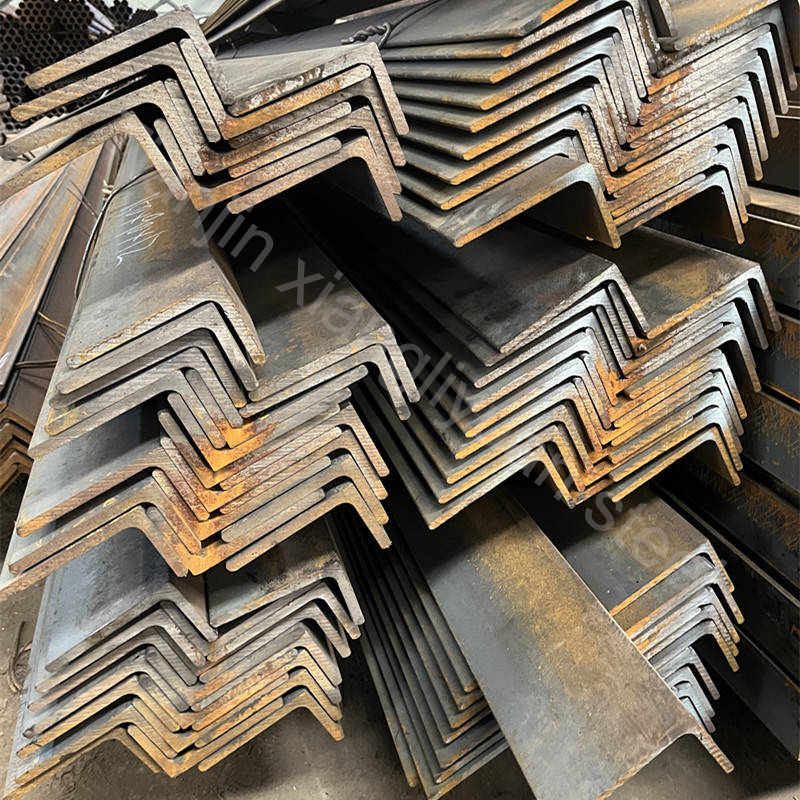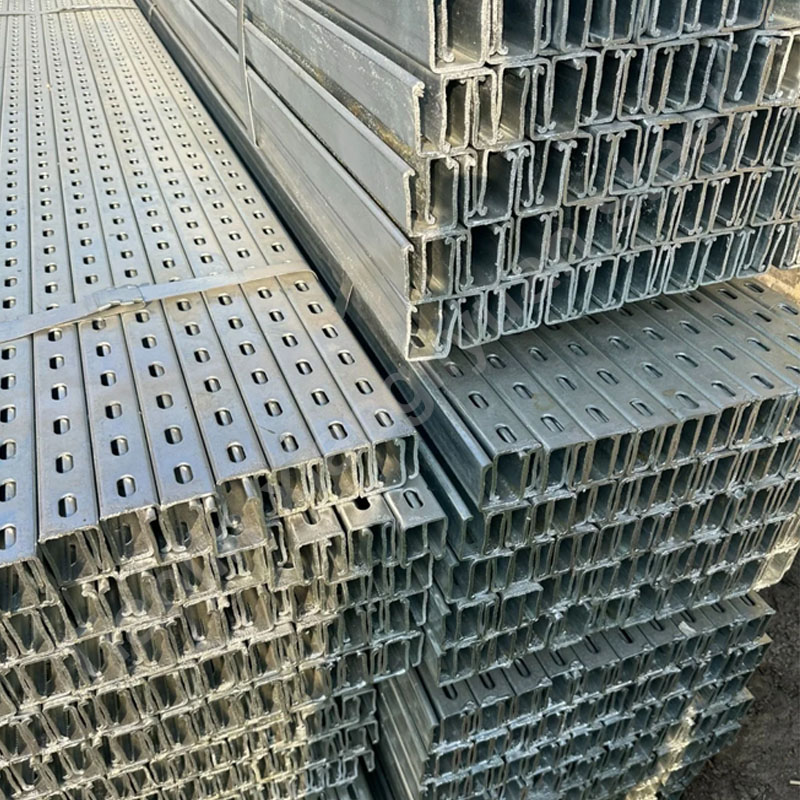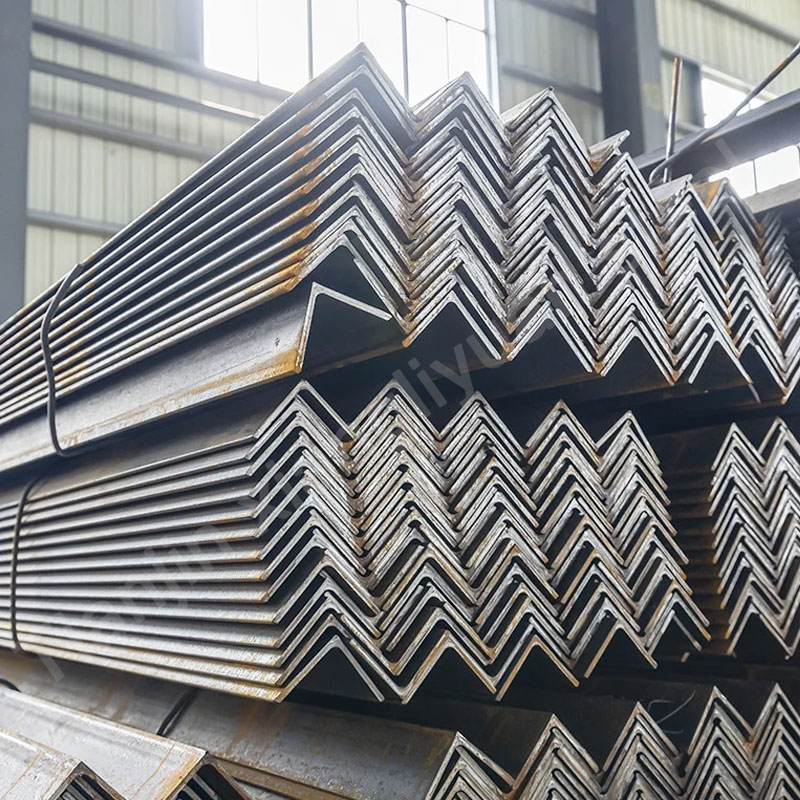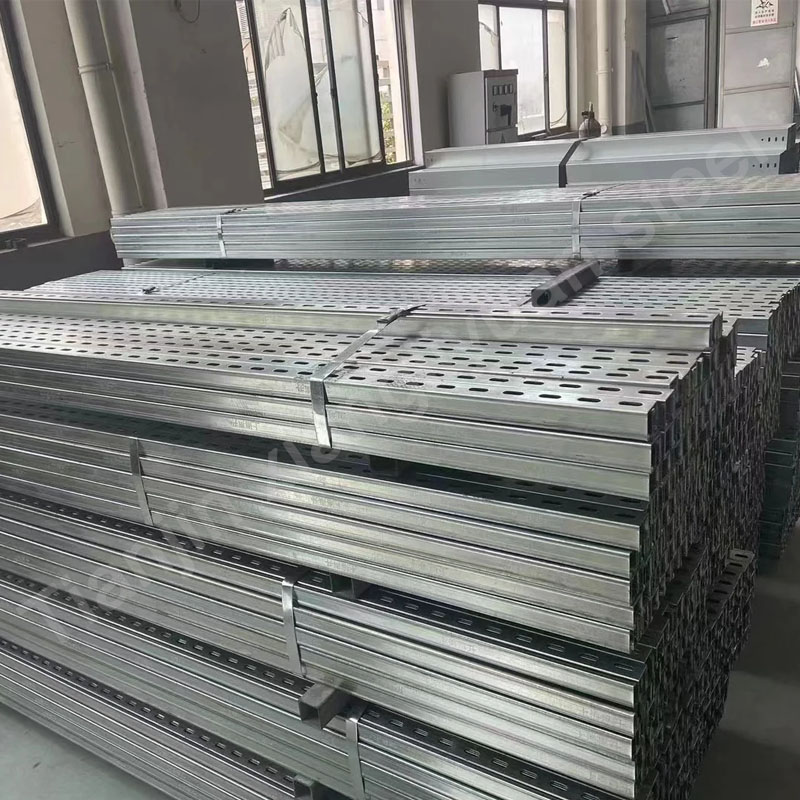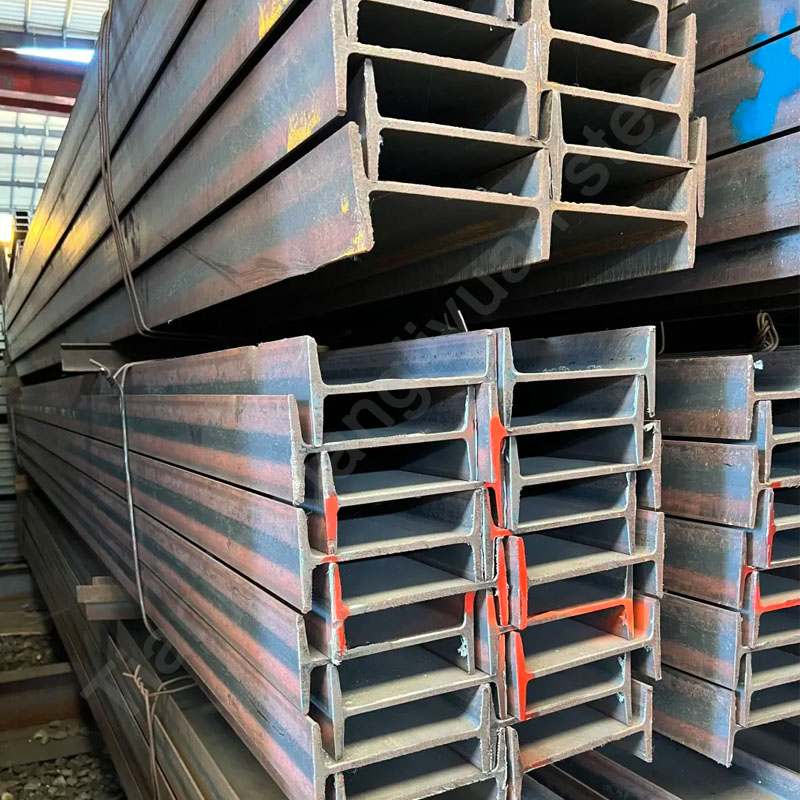Angle steel, also known as angle iron, is a long steel bar with an “L”-shaped cross section. Due to its cross-sectional shape, angle steel has high strength and rigidity when subjected to multi-directional forces, and is suitable for a variety of building structures and engineering projects. The sides of angle steel can be equilateral (i.e. angle steel with equal width on both sides) or unequal (i.e. angle steel with unequal width on both sides), and the specific choice depends on the use environment and mechanical requirements.
Material of angle steel
Common angle steel materials include carbon structural steel, low alloy structural steel and stainless steel, etc.:
Carbon structural steel: Carbon steel angle steel is usually suitable for structures with low strength requirements and is relatively cheap. The most commonly used carbon steel angle steel materials are Q235B, etc.
Low alloy structural steel: Compared with carbon steel, low alloy steel has higher strength and corrosion resistance, and is suitable for use in harsh environments, such as Q345B and Q355B.
Stainless steel: Due to its excellent corrosion resistance, stainless steel angle steel is often used in high-demand environments such as chemical, food processing and marine facilities. Common stainless steel grades include 304, 316, etc.
Common steel grades include:
Carbon steel angle steel: Q195, Q235, Q275, etc. Q235 angle steel is widely used because of its moderate strength and relatively low price.
Low alloy high strength steel: Q345, Q355, etc. These steel grades have high strength and are suitable for structures that need to bear large loads.
Stainless steel angle steel: For example, 304, 304L, 316, 316L, etc. These stainless steel grades are widely used in chemical and marine environments due to their corrosion resistance and high temperature resistance.
Angle steel standards
The production and quality control of angle steels need to comply with relevant national and international standards to ensure their performance and reliability. Common angle steel standards are as follows:
GB/T 706-2016: Applicable to carbon structural steel and low alloy structural steel angle steel.
GB/T 2101-2008: General profile size, shape, weight and allowable deviation.
GB/T 9787-1988, GB/T 9788-1988: used to specify the size and shape requirements of equal-leg angle steel and unequal-leg angle steel.
International standards:
ASTM A36/A36M: Applicable to carbon steel for structure, especially in building structure.
EN 10056: European standard, which specifies the size and allowable deviation of equal-leg and unequal-leg angle steel.
JIS G3101: Japanese standard, used for ordinary structural steel.
Main uses of angle steel
Angle steel is widely used in building structure, mechanical equipment, bridges, ships, power transmission, industrial equipment and other fields. Its main uses include:
Building structure: Angle steel is often used in the frame structure of buildings to support and connect various components to improve the stability of buildings. For example, angle steel can be used for beams, columns, supports, etc. of high-rise buildings.
Power transmission tower: Angle steel is widely used in the structural manufacturing of power towers. This type of structure has high requirements for material strength and rigidity, and angle steel can just meet these requirements.
Bridge engineering: Angle steel is often used for the support frames and connectors in bridges to enhance their load-bearing capacity and improve structural stability.
Industrial equipment: In industrial fields such as heavy machinery and mining equipment, angle steel is often used as structural parts such as brackets and support beams to enhance the load-bearing capacity of equipment.
Other applications: Angle steel is also used in small structures such as shelves and scaffolding. It is easy to install and connect to meet the needs of different scales.
In general, angle steel, as an important structural material, is widely used in many industries due to its high strength, low cost and easy installation. Choosing the right material and standard according to specific needs can enable angle steel to give full play to its advantages in various structures and provide stable support for engineering construction.

